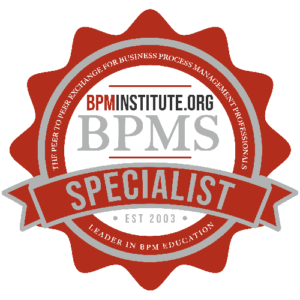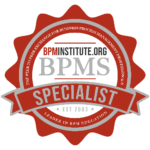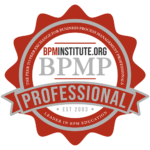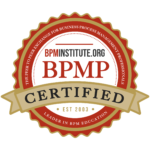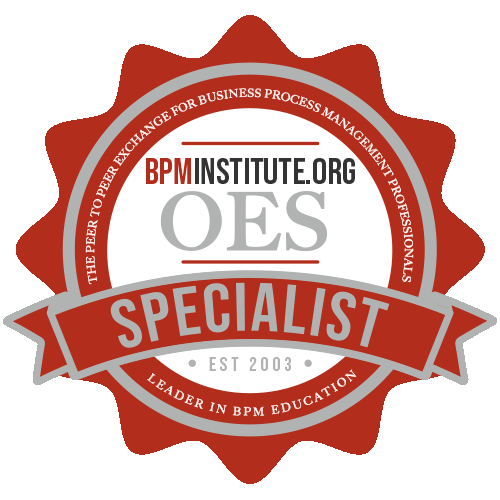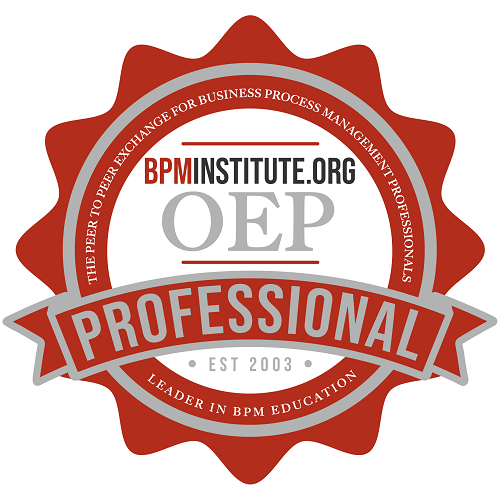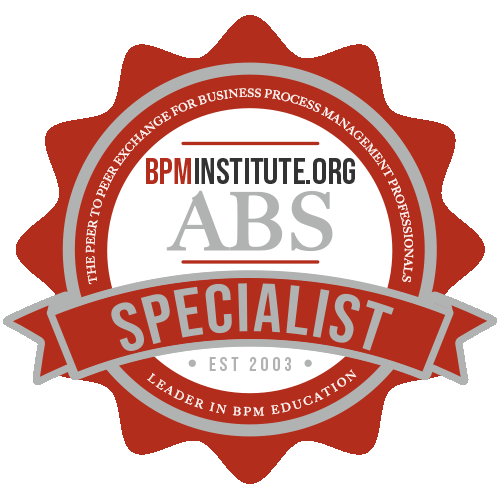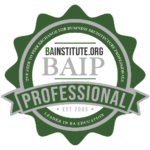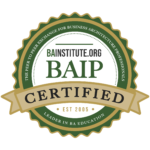Taiichi Ohno, a major contributor to the Toyota Production System, identified seven wastes that can exist in processes. Jeffery Liker, a professor at the University of Michigan added an eighth. If the wastes are removed or reduced, significant benefits can be realized. These benefits are:
- Dramatically lower costs
- Much faster processes
- Exceeding high quality
- Less frustrated workers
- Happier customers
As each of the wastes are explained, look for examples in your own organization. We will illustrate these wastes with examples from both manufacturing and office processes. Countermeasures to reduce or eliminate the waste will be listed as well. How many of the countermeasures are used in your organization?
Waiting
Definition: The item/work in the process has stopped.
Manufacturing examples: Machine downtime, bottlenecked operations, equipment changeover
Office examples: System downtime, system response time, approvals from others, information from customers
To eliminate:
- Equipment reliability through Total Productive Maintenance (TPM
- Adequate staffing at the bottlenecked operations
- Shrink changeover through Single Minute Exchange of Dies (SMED)
- Improve system reliability
- Push decision-making down to lower levels
- Make it easy for customers to provide information
- Cross-train employees so that work can continue when someone is absent
- Shrink batch sizes and run them more frequently, ultimately shooting for a batch size of one
- Make sure all supplies are available
Defects
Definition: Any form of scrap, mistakes, errors, or correction, resulting from the work not being done correctly the first time.
Manufacturing Examples: Production of defective parts, scrap, waste
Office examples: Data input errors, design errors, engineering change orders, invoice errors
To eliminate:
- Error-proof steps
- Used standardized work instructions
- Post job aids
- Checklists
Extra Processing
Definition: Having to do anything more than is needed.
Manufacturing examples: Taking unneeded steps to process the parts, inefficient processing due to poor tool and product design
Office examples: Re-entering data, extra copies, unnecessary or excessive reports
To eliminate:
- Remove unnecessary steps
- Use design for manufacturability
- Link disparate computer systems or use enterprise resource planning software
- Stop copying everyone on emails
- Stop sending reports and see who complains
- Stop unnecessary signoffs and reviews
Inventory
Definition: Any supply that is in excess, any form of batch processing. Producing more than customer demand.
Manufacturing examples: Any excess inventory, batch processing
Office examples: Office supplies, sales literature, batch processing transactions
To eliminate:
- Produce only enough to satisfy your downstream customer
- Ensure that work arrives at the downstream process when it is required and does not sit there
- Try to shrink batch sizes ultimately to a batch size of one
- Create print on demand processes for reports and documents
Excessive Motion
Definition: Movement of people.
Manufacturing examples: Reaching for, looking for, or stacking parts, tools, etc.
Office examples: Walking to/from copier, central filing, fax machine, other offices
To eliminate:
- Arrange work areas to shrink movement
- Consider cell type manufacturing
- Part trays located close to the worker
- Provide extra fax and copy machines
- Locate files at work stations
- Standardize folders, drawers, and cabinets throughout the work area (5S)
- Use color codes as much as possible
Transportation
Definition: Movement of work or paperwork from one step to the next step in the process.
Manufacturing examples: Move materials, parts, or finished goods into and out of storage
Office examples: Movement of documents from site to site, office to office
To eliminate:
- Make the distance over which something is moved as short as possible
- Consider work cells and co-located teams
Underutilized people
Definition: People’s creativity, ideas, and abilities are not fully tapped.
Manufacturing examples: Losing ideas, skills, and improvements by not listening to employees
Office examples: Limited employee authority and responsibility for basic tasks, management command and control
To eliminate:
- Institute GE type workout session
- Institute Quality Circles
- Institute Employee Suggestion Systems
- Form worker teams to solve process problems
Overproducing
Definition: Producing more, sooner, or faster than is required by the next person.
Manufacturing examples: Inventory piling up at a slower downstream step
Office examples: Printing paperwork before it is really needed, purchasing items before they are needed, processing paperwork before the next person is ready for it
To eliminate:
- Establish a flow sequence to satisfy the downstream customer
- Create workplace guidelines and standards for each process
- Create signal devices to prevent over processing, e.g. FIFO lanes
The Toyota Production System or Lean is a combination of creating flow and eliminating waste. By understanding the different types of waste, these can be eliminated or shrunk. As you become aware of the amount of waste in your process, improvement opportunities abound.
How to find wastes
Use the “Standing in a circle” exercise.
The “standing in a circle” exercise was used by Taiichi Ohno to train new members. This is part of the philosophy of genchi genbutsu which means go and see at the actual place of work. During this exercise, the member is directed to stand and observe an operation carefully, and to identify the waste within the operation and the conditions that cause the waste to exist. Members are often left standing for 8 hours or more before the sensei is satisfied that they have seriously seen the waste. During the circle exercise it is best to simply acknowledge that the waste exists, without the need to explain it or try to figure out how to “fix” it.
If the exercise is taken seriously, the amount of waste observed can be overwhelming. A common reaction is to immediately seek out solutions to remedy the situation. One must first thoroughly develop an understanding of the situation prior to beginning corrective action. Standing in a circle for many hours will allow a thorough understanding, which is necessary before any true countermeasures can be identified.




